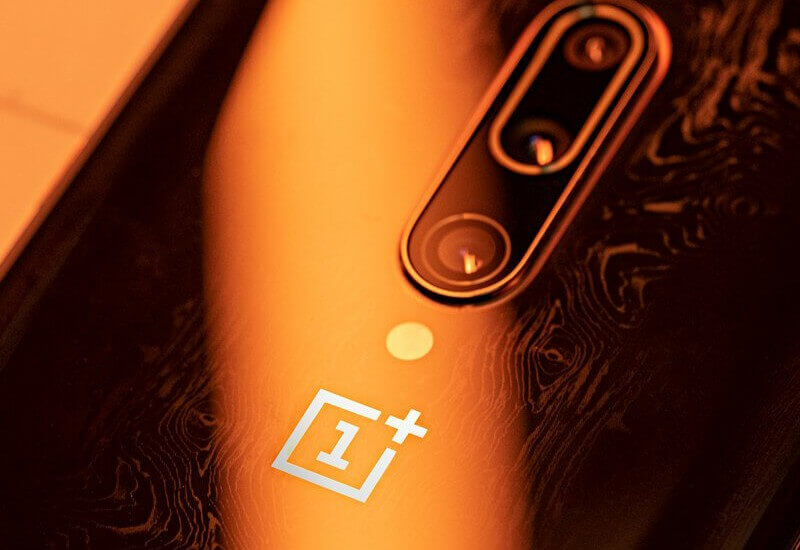WTF?! The OnePlus 8 Pro has some real cutting-edge tech, including a color filter photochrom sensor—a first for a smartphone. The camera feature had been dismissed as gimmicky, but users have found a novel and potentially privacy-invading use for it: the ability to see through certain materials. To protect itself from potential lawsuits, OnePlus said it would be disabling the color filter camera via an OTA update later this week.

Boasting features such as reverse charging, a 120Hz display, and 5G, the OnePlus 8 Pro has gained plenty of praise. It also has a quad-camera setup that includes a 5MP color filter lens that’s able to see infrared light, thereby adding a unique look to shots, but users have found it also has some limited x-ray-style qualities.
Owners took to the forums with evidence of the OnePlus 8 Pro’s ability to see through thin or tinted plastics, allowing them to photograph the electronics inside. It had been reported that the same feature could see through certain clothes, though that's been disputed by people who've tested it.
To protect itself from any legal repercussions, OnePlus took to Chinese social media site Weibo to announce that “In order to eliminate the impact on user privacy under possible extreme circumstances and eliminate everyone ’s concerns, we decided to temporarily disable the filter function through software upgrades.” The update arrives later this week.
OnePlus just announced on Weibo they are disabling the OnePlus 8 Pro's color filter camera in a future update.
— Mishaal Rahman (@MishaalRahman) May 19, 2020
Source: https://t.co/97bDVPH2Zg
Context: https://t.co/beVN0htJPz
For those who enjoy using the color filter lens to add interesting effects to their photos, rather than trying to see through skirts, OnePlus says it will use “new technical solutions” in the near future to bring the feature back.
https://www.techspot.com/news/85283-oneplus-8-pro-color-filter-camera-can-see.html